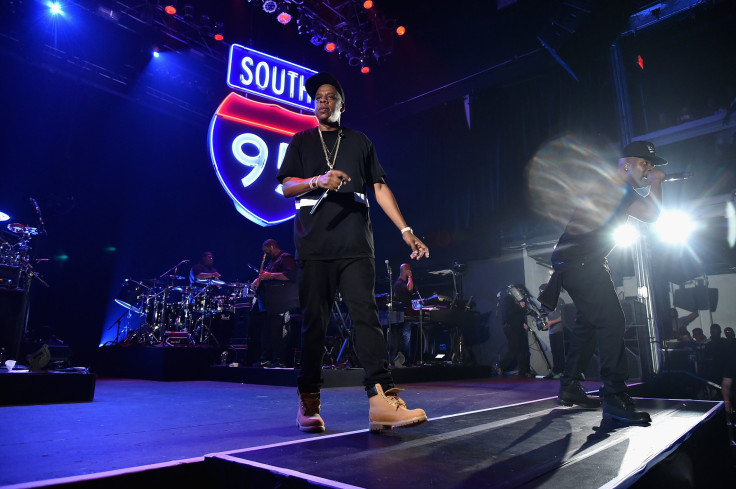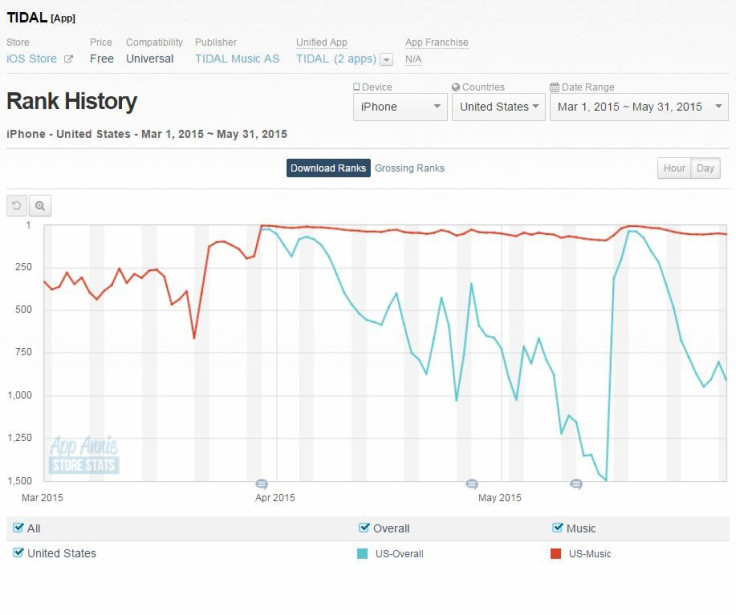Is Tidal Failing? Music Industry Executives Put Jay Z’s Embattled Streaming Service On Deathwatch

Much of the music industry thinks Tidal is as good as dead. An anonymous survey of 50 music executives conducted by Billboard revealed that 71 percent of respondents think Tidal will be gone in a year or less, and another 17 percent think it will only last two more years. Only 12 percent of the survey's respondents said they think Tidal is here to stay.
Though Tidal presented a lot of intriguing wrinkles as a service, including the option to listen to high-quality, lossless audio files and a higher royalty rate for rightsholders, it was also deeply troubled before a Jay Z-led investment group purchased it from Aspiro at the beginning of the year. The company admitted to shareholders that Tidal did not have enough cash handy to survive 2015, saying it would need “significant capital injections” in the coming years as well as an “extreme and unprecedented” surge in subscriber growth to keep up with its competition.
What’s happened since doesn’t quite fit that description. Earlier this summer, Jay Z announced Tidal had 770,000 subscribers, a total that puts the service well behind competitors like Spotify (20 million paying subscribers), Rhapsody (three million paying subscribers) and Apple Music (11 million users signed up for a three month free trial).
While some people believe Tidal sealed its fate with a poorly received launch that led to people piling on Jay Z and the rest of its owners, the reality may simply be that the service is failing to resonate with users; the app became one of the most popular music apps in Apple’s app store after its spring launch, according to App Annie, and interest has mostly been sliding ever since.

If there is any reason for optimism within Tidal’s camp, it likely centers around the fact that the market for on-demand streaming services stands to get a lot larger. According to research conducted by Ipsos on behalf of the International Federation of Phonographic Industries, just 16 percent of the world’s consumers have paid to use a streaming service in the past six months.
© Copyright IBTimes 2025. All rights reserved.





















